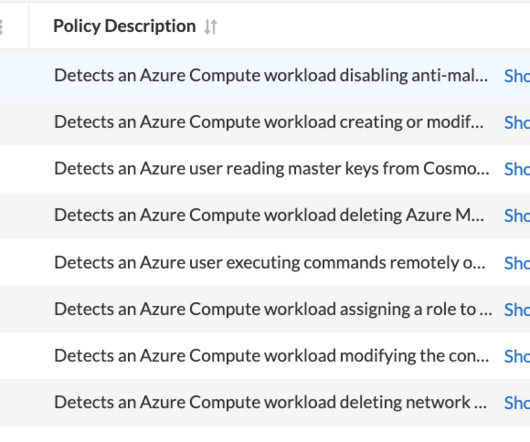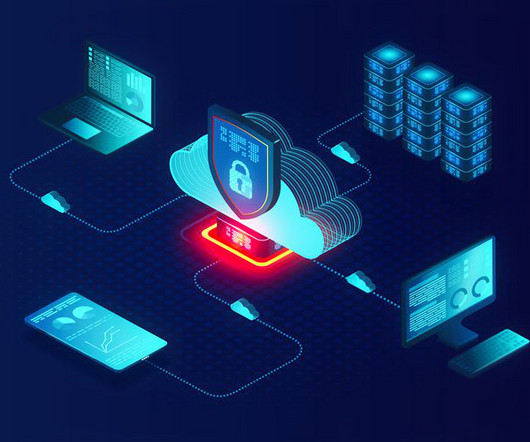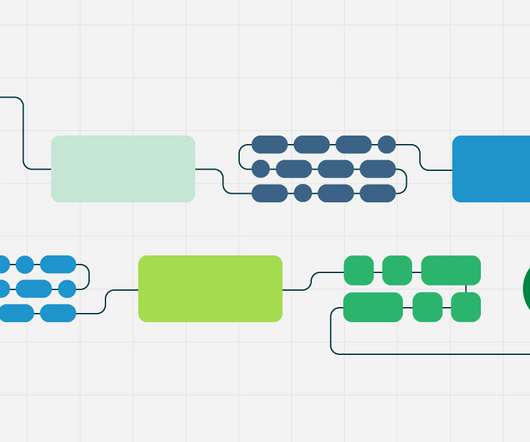Learn the Language of Vulnerability Assessment: Key Security Terms You Should Know
Tenable
FEBRUARY 22, 2021
The simplest accurate description is "any weakness in your network that can be exploited." A vulnerability could also be a host on the network that lacks modern protections like next-generation firewalls or anti-malware features. computers, mobile devices or operational technology such as network switches and control systems).





















Let's personalize your content